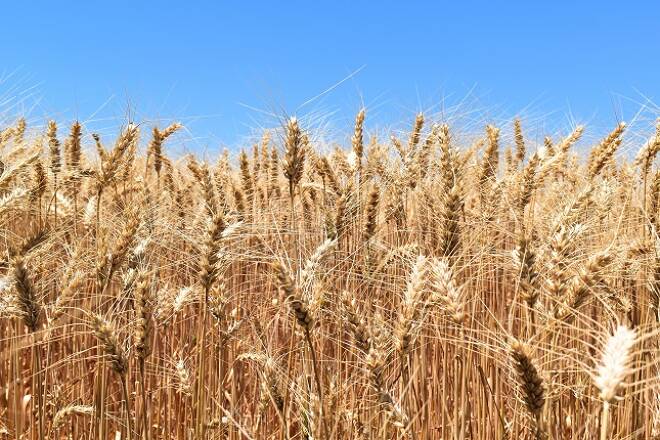Advertisement
Advertisement
Global Agricultural Trading Continues to Provide Price Transparency
By:
Food ingredients date back more than 200K years. The human diet initially consisted of animal proteins, fish, fruits, vegetables and nuts. The
Food ingredients date back more than 200K years. The human diet initially consisted of animal proteins, fish, fruits, vegetables and nuts. The introduction of grains into the human diet came approximately 10K years ago. This included wheat and barley with rice and corn coming about 3K years later.
History of Food
For most of history, human beings hunted or grew food for their own consumption, and food travelled only short distances. Historians can identify food regimes. European historians pinpoint the travel of food in the mercantile food system where grains milk and meat were produced locally but other foods were imported.
Globally, approximately 800 million people suffer hunger, but only ten years ago, the total was almost 1 billion. The problem steps from distribution and the inability of the hungry to receive food that is timely and not contaminated.
Growth of Agriculture
Agricultural growth has accelerated globally, but was kicked into gear in the early 1990’s following a 15-year process were the discovery of genetically modified organisms that were bacteria resistant. The birth of GMO technology came in 1973, when Herbert Boyer and Stanley Cohen created the first genetically engineered organism. In 1982, the United States Food and Drug Administration approved the first agriculture produced by a genetically modified organism. In 1992 the first food that was genetically modified was approved for commercial production.
The United States was at the forefront toward of change to genetically modified agricultural products. In the grain space, corn and soybeans are mostly genetically modified, but wheat is not. Live wheat prices are available and along with corn and soybeans are actively traded with robust liquidity.
After decades of prosperity, there has been a snap back in consumer behavior where individuals want food that is not genetically modified. In fact, the demand for organic grains has increased significantly over the past few years, with a large push coming in organic proteins. The largest increase in protein consumption comes from the increase in demand for organic chickens, along with organic eggs and organic milk. For a protein to be certified organic it has to be fed organic feed, which includes organic wheat, corn and soybeans.
The United States is the largest consumer of organic agriculture. With production failing to meet demand, the United States has had to turn to imports, which account for the majority of the U.S. consumption. Organic production is global. Australia is the largest producer followed by Argentina, but country such as Romania and Turkey are experiencing accelerating increase in their production.
From 2013 to the end of the second quarter of 2015, the majority of the corn by value that was imported into the United States came into the eastern region. Approximately 46% by value in U.S. dollars and 38% by quantity per the U.S. Customs Department. The majority of the organic corn that was shipped into the United States came from Romania which appears to be the largest supplier to East Coast organic corn imports. Approximately 37% of the organic corn imported into the United States comes from Romania.
The two active ports in the United States taking shipments from Romania are Baltimore Maryland where approximately 62% comes into Baltimore and 38% into Norfolk. Organic agricultural is beginning to gain a foothold. Demand in the United States, the largest consumer of organic grains, outstrips supply, as organic grain production in the United States accounts for only 1% of total grain production.
Food is one of the driving forces behind life, and agricultural food, is a global basic necessary that is traded actively. Although consumer demand goes through multiple iterations, the active trading of commodity products continues to drive global price transparency.
About the Author
David Beckerauthor
David Becker focuses his attention on various consulting and portfolio management activities at Fortuity LLC, where he currently provides oversight for a multimillion-dollar portfolio consisting of commodities, debt, equities, real estate, and more.
Did you find this article useful?
Latest news and analysis
Advertisement
